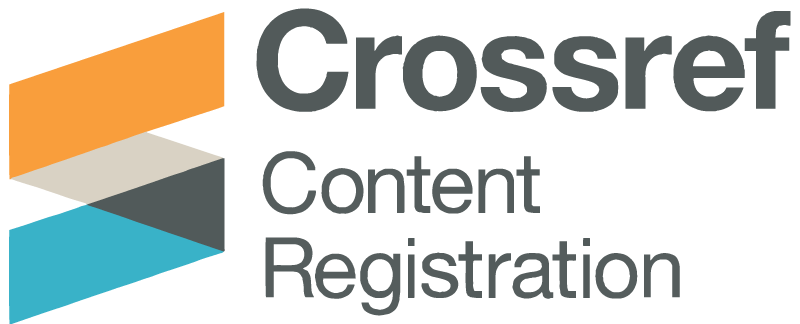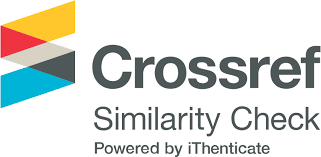Performance Analysis of Multi-Thread Web Server
DOI:
https://doi.org/10.64516/x4grmw22Keywords:
Web server, Multi-Thread system (MTS)Abstract
A web server is a computer with special software to host web pages and web applications. A computer that provides Web services and pages to intranet and internet users. A Web server is a program that, using the client/server model and the World Wide Web's Hypertext Transfer Protocol (HTTP), serves the files that form Web pages to Web users (whose computers contain HTTP clients that forward their requests). Client starvation is one of the problems which will affect the response time for the client when issuing a request. A web server serves web pages to clients across the Internet or an Intranet. The web server hosts the pages, scripts, programs, and multimedia files and serves them using HTTP, a protocol designed to send files to web browsers and other protocols. Multithreading is a powerful tool for improving the performance of web servers. It allows a single processor to execute multiple tasks simultaneously, thus increasing the speed and efficiency of the server. By utilizing multiple threads, web servers can process multiple requests at the same time, resulting in faster response times and improved performance. Multithreading also allows web servers to handle more requests at once, which can lead to improved scalability.
This study presents to show the difference between Multi- Thread and None Multi-Thread Systems using a web server program representing the client that generates a request to the server. The Server that responsible for accepting and handling clients’ requests. The results analysis and discussions are provided in section 5.
References
1. Wiederspan, J. and C. Shotton, Planning and Managing Web Sites on the Macintosh, Addison-Wesley, 1996.
2. Louis P. Slothouber,” A Model of Web Server Performance”, June, 1995.
3. V. Pai, P. Druschel, and W. Zwaenepoel. Flash: An Efficient and Portable Web Server. In Proceedings of the USENIX 99 Annual Technical Conference, June 1999.
4. A. Bestavros, R. L. Carter, M. E. Crovella, C. R. Cunha, A. Heddaya, and S. A. Mirdad. Application-level Document Caching in the Internet. In Proceedings of the 2nd International Workshop on Services in Distributed and Networked Environments, page 166, 1995.
5. E. P. Markatos. Main Memory Caching of Web Documents. In Proceedings of the fifth international World Wide Web conference on Computer networks and ISDN systems, pages 893–905, 1996.
6. The Apache Software Foundation. The Apache HTTP Server Project, 2003. http://httpd.apache.org
7. Zeus Technology Limited. Zeus Web Server, 2003. Available from http://www.zeus.com/.
8. Gyu Sang Choi, Jin-Ha Kim, Deniz Ersoz, Chita R. Das : A multi-threaded PIPELINED Web server architecture for SMP/SoC machines. WWW 2005: 730-739.
9. Chaitanya Singh. Threads, 2013. https://beginnersbook.com/2013/03/java-threads/ [2020-05-07].
10. Souvik Banerjee. Top 10 programming languages for web development. RS Web Solutions, 2015. https://www.rswebsols.com/tutorials/programming/ top-10-programming-languages-web-development [2020-02-25].
11. Oracle and/or its affiliates. Thread Safety, 2019. https://docs.oracle.com/cd/E37838_01/html/E61057/compat-14994. html#scrolltoc [2020-04-17].
12. MDN. Intensive JavaScript, 2019. https://developer.mozilla.org/en-US/docs/Tools/Performance/Scenarios/Intensive_JavaScript [2020-04-17].
13. J. Verdú and A. Pajuelo. Performance scalability analysis of javascript applications with web workers. IEEE Computer Architecture Letters, 15(2):105–108, 2016. https://ieeexplore.ieee.org/abstract/document/7307120 [2020-05-07]
14. Pitkow, James E. and Colleen M. Kehoe, Results from the Third WWW User Survey, The World Wide Web Journal, Vol. 1, No. 1, 1995.
15. Pitkow, James E. and Colleen M. Kehoe, "The Fourth GVU Center WWW User Survey", http://www.cc.gatech.edu/gvu/user_surveys/, 1995.
16. G. Banga and P. Druschel, “Measuring the Capacity of a Web Server,” Proceedings of the USENIX Symposium on Internet Technologies and Systems, Monterey, Dec. 1997
17. M.F Arlitt and C. L. Williamson, “Web Server Workload Characterization: The Search for Invariants,” In Proceeding of the ACM SIGMETRICS Conference on the Measurement and Modeling of Computer Systems, 1996, pp. 126-137.TUJES. Open Access. LRN 293-2022 Available at www.tu.edu.ly 8
18. M. Almeida, V. Almeida, and D. J. Yates, “Measuring the Behavior of a World-Wide Web Server,” Seventh IFIP Conference on High Performance Networking (HPN), White Plains, NY, Apr. 1997, pp. 57-72.
19. T. Bray, “Measuring the Web,” In Fifth International World Wide Web Conference, Paris, France, May 1996.
Downloads
Published
Issue
Section
License
Copyright (c) 2023 Samera H Mahmud Hamad (Author)

This work is licensed under a Creative Commons Attribution 4.0 International License.













